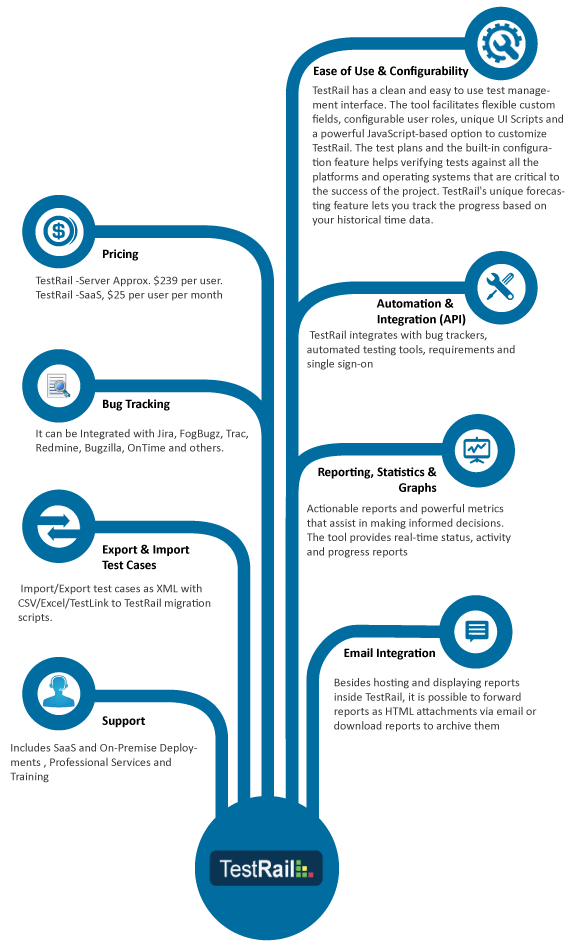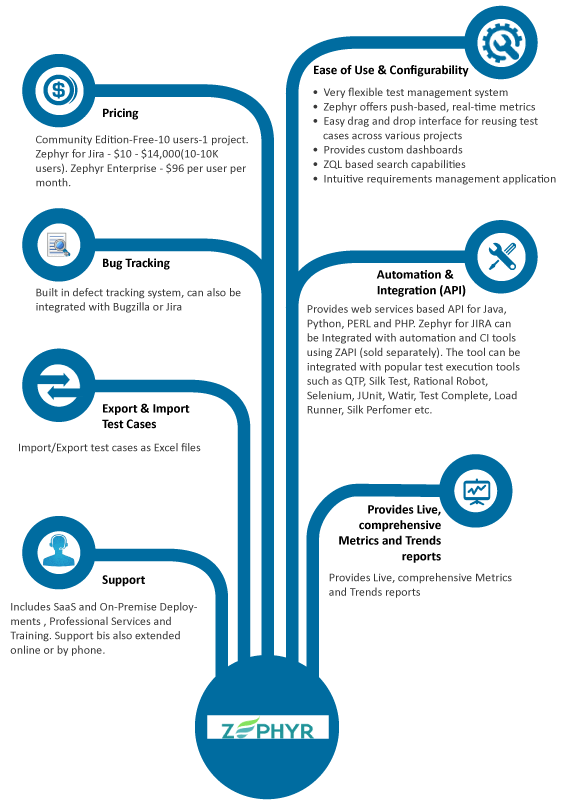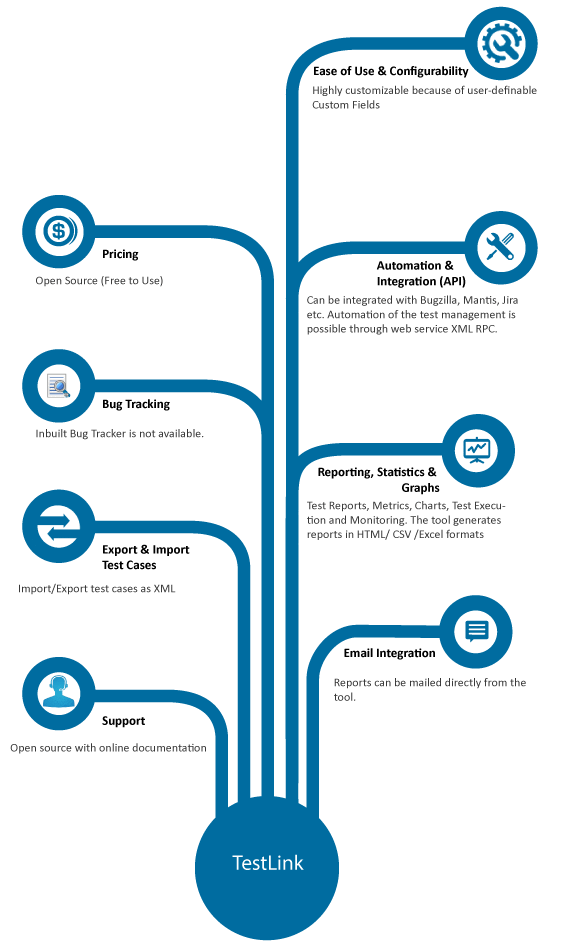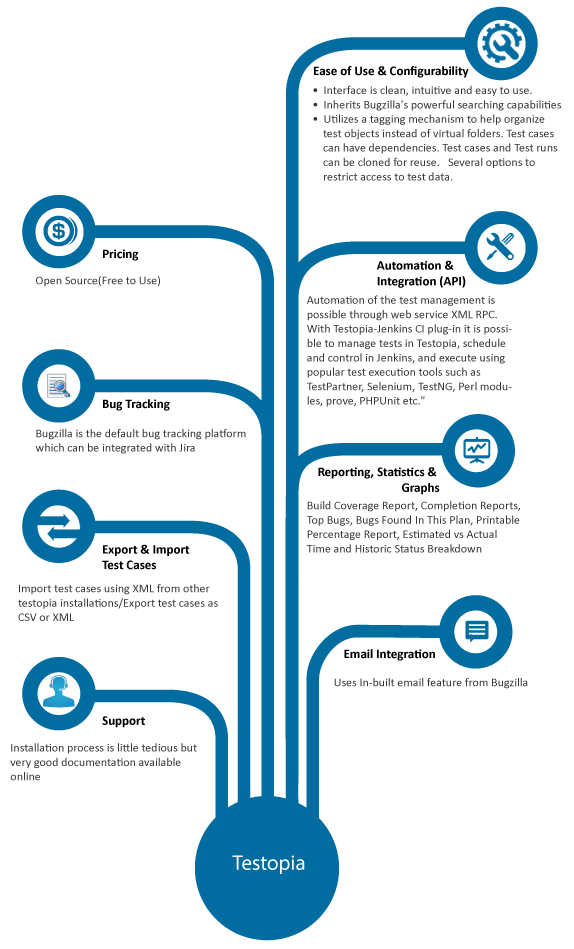Simplify Testing with the right combination of Test Management Tools
Given the implications of software defects on business outcomes, the responsibility of Test Management can be a daunting task. Being the nerve center of all the testing activity, management demands meticulous preparation backed by the power of tools.
Tools are essential to minimize programming requirements and accelerate execution of multiple test projects and simplify testing. To begin with, a test management tool is almost regarded as an application. Hence, an interface which offers greater visibility and control over the test process is a great differentiator. This expectation from a test management tool is followed by flexibility in terms of integration with diverse configurations, support, reports and e-mail integration.
But Test Management is not an external model that can be implemented right away. In fact, it is a careful customization of the test process and its integration on two fronts – Technology and the business logic.
It is during this customization, that an evaluation of Test Management tools is essential to build a system that not only serves the immediate testing needs but also offers the flexibility, reusability and scalability. Because Test Management plays a decisive role in the business strategy as well as the QA strategy, the selection and deployment of tools deserve to be studied for their usability, feature support, value addition, community support for open source tools and cost benefit analysis of the commercial tools. See, Evaluating Test Management Tools – Top 8 Parameters to Consider.
The Software Testing landscape is thriving with a wide range of Test Management tools. This blog covers the key parameters of four tools that are deployed across computing environments. The following descriptions will help you determine the best combination of tools to strengthen your test management systems.









Leave a Reply